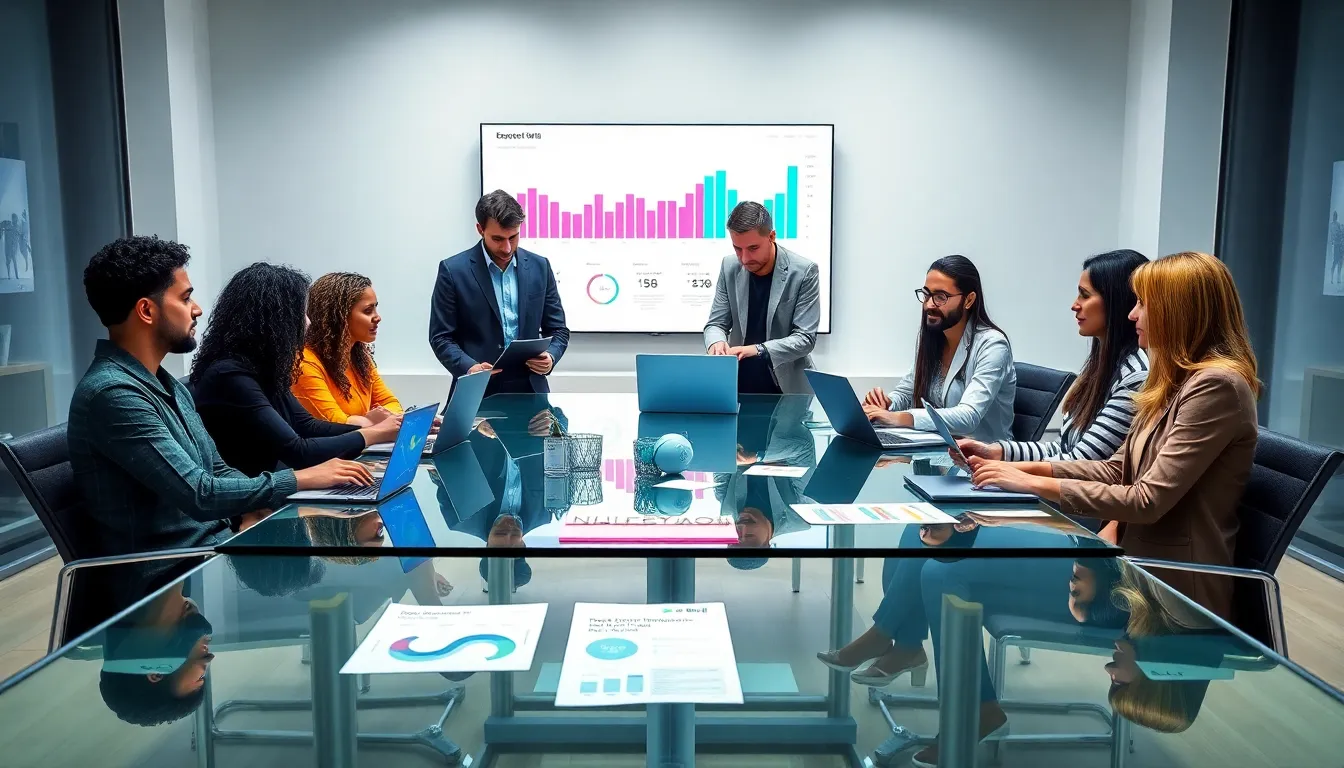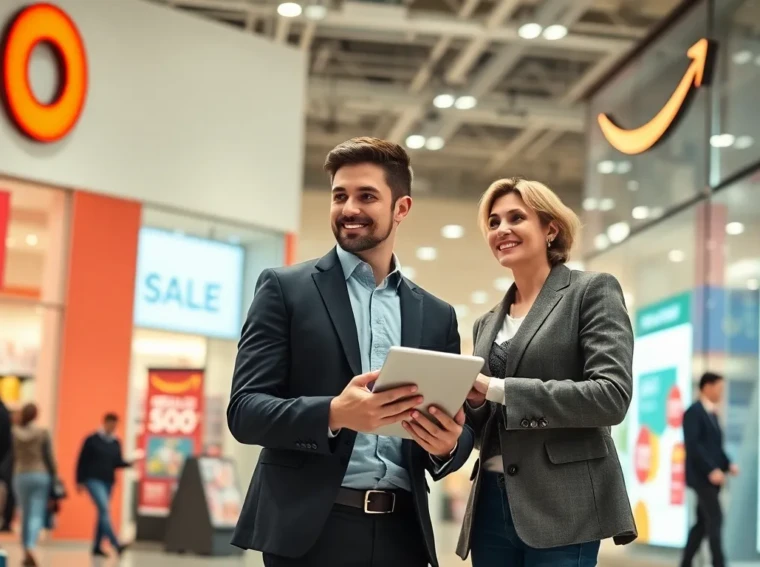Have you ever wondered how we ended up with outrageous sales days like Black Friday or, heaven forbid, the dreaded Cyber Monday? Retail promotions have evolved over time, from simple storefront signs to strategic discounts that make shoppers feel as if they’re winning the lottery. This article dives into the fascinating history of store offers, exploring their evolution, the art of loyalty programs, and what consumers really think about them. Grab your shopping cart because we’re about to navigate the aisles of marketing history.
Comprashistorialofertasfavoritostiendas

Early Marketing Strategies and Their Impact
In the early days of commerce, stores didn’t have the luxury of flashy advertisements or mass-produced flyers. Instead, they relied on word-of-mouth and local reputation. Merchants would often use charming personalities to draw customers in, offering a friendly chat alongside their goods. This human touch was the original marketing strategy, creating bonds and trust with customers, which led to repeat business.
With the advent of print media, retailers saw the potential of newspapers as a promotional tool. They began placing ads, showcasing their best-selling items, and outlining special events. But, it wasn’t until the 20th century when marketing started to become more organized, focusing on strategies that would hook customers from the get-go.
The Rise of Discounts and Seasonal Sales
Discounts started to gain traction as consumers began to seek out the best deals. Retailers introduced seasonal sales, often tied to holidays or events, to entice shoppers. Think about it, who doesn’t love a good end-of-summer clearance sale? These promotions played a pivotal role in shaping consumer behavior, encouraging buyers to purchase not just because they needed an item, but because they felt savvy getting it at a bargain.
As the volume of goods available skyrocketed, competition between stores increased, leading to a race to the bottom in pricing, who could offer the steepest discount? This era ushered in the culture of shopping for deals, permanently altering the way consumers approach retail.
The Role of Loyalty Programs in Consumer Choices
Loyalty programs took retail promotions to a whole new level. The introduction of points systems and member-exclusive deals transformed the shopping experience. Retailers started recognizing the importance of customer retention. After all, it’s far more cost-effective to keep an existing customer than to attract a new one.
Companies like Starbucks and Sephora crafted elaborate loyalty programs with enticing rewards. With each coffee purchased or lipstick swiped, customers built points that could eventually lead to free products or exclusive offers. These rewards make consumers feel valued while subtly pushing them to return.
Also, the psychological side of loyalty programs cannot be overlooked. Shoppers enjoy the thrill of watching their points accumulate, which often incentivizes them to buy more. This dynamic creates a win-win scenario: customers feel good about their purchases while businesses not only retain customer loyalty but also boost their bottom line.
Analyzing Popular Stores and Their Unique Offers
Case Studies of Successful Promotions
When analyzing popular stores known for their unique offers, a few standout examples come to mind. Let’s look at Target, a retail giant synonymous with innovative promotions. From its famous ‘Deals of the Day’ to buy-one-get-one-free offers, Target has mastered the art of creating urgency and appeal through limited-time promotions.
Another noteworthy case is Amazon’s Prime Day. Initially launched as a way to celebrate its 20th anniversary, Prime Day has turned into a shopping holiday rivaling Black Friday. The exclusivity of member-only deals creates a sense of urgency that has resulted in soaring sales every year since its inception.
Finally, consider IKEA. Their ‘As-Is’ section with deeply discounted returned products has turned bargain hunting into an engaging experience. Customers flock to their stores to uncover hidden treasures at unbeatable prices, which leads to both increased foot traffic and sales.
Consumer Reactions to Innovative Offer Strategies
Technological Advances and Their Influence on Offers
As technology continues to evolve, so do consumer expectations about offers. Nowadays, shoppers are increasingly demanding personalized deals tailored to their preferences. With the use of data analytics, retailers can segment their customer base and create targeted promotions that resonate with individual shoppers.
For example, if a customer frequently buys organic products, a grocery store can send them digital coupons specifically for organic items. This level of personalization not only enhances the shopping experience but also drives sales, as customers feel more in tune with the offers presented to them.
But, not all tech-driven offers are met with applause. Some consumers express concerns over privacy and how their data is used. The balance between effective promotions and ethical data usage is a delicate dance retailers must navigate to ensure their customers remain happy and secure.
Future Trends in Store Promotions and Offers
Looking ahead, the landscape of store promotions continues to evolve. As sustainability becomes a key concern for consumers, expect to see retailers shifting their offers to align with eco-friendly practices. Companies that promote sustainable products and practices are likely to win the loyalty of conscious consumers eager to support businesses that prioritize the planet.
Also, interactive experiences and gamification are set to play a larger role in promotions. Imagine shopping in-store and unlocking a special discount by playing a fun mobile game, blending entertainment with traditional spending. These strategies might feel far-fetched now, but the advancements in technology make them increasingly feasible.
The future will likely bring a more community-oriented approach to promotions, where local businesses collaborate with shoppers to create events that celebrate products made in the area. This community focus can foster a sense of belonging among customers while boosting local economies.
